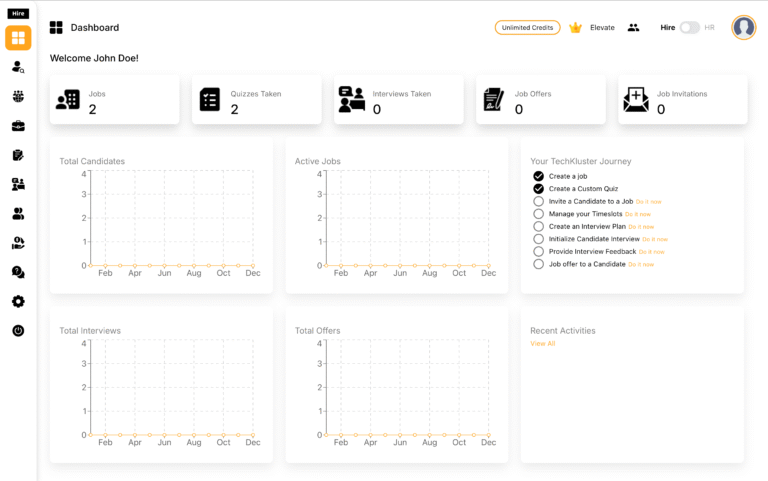Introduction to pip and pip3 In the Python programming ecosystem, pip and pip3 are two essential tools for managing packages. They are package managers that facilitate the installation, upgrading, and removal of Python packages and libraries. Both pip and pip3 serve similar purposes, but there are key differences between the two. In this article, we …
Introduction to pip and pip3
In the Python programming ecosystem, pip and pip3 are two essential tools for managing packages. They are package managers that facilitate the installation, upgrading, and removal of Python packages and libraries. Both pip and pip3 serve similar purposes, but there are key differences between the two. In this article, we will explore the differences and similarities between pip and pip3.
Understanding pip
pip is the default package manager for Python 2.x versions. It is used to manage packages and dependencies specifically for Python 2.x projects. pip is a command-line tool that provides various commands for interacting with Python packages, such as installing, uninstalling, and listing packages.
Understanding pip3
pip3, on the other hand, is the package manager for Python 3.x versions. It serves the same purpose as pip but is intended for Python 3.x projects. With the transition from Python 2.x to Python 3.x, pip3 was introduced to differentiate between the two major Python versions.
Key Differences
Python Version Compatibility
The most significant difference between pip and pip3 is the Python version compatibility:
pipis designed for Python 2.x.pip3is designed for Python 3.x.
Default Behavior
On systems where both Python 2.x and Python 3.x are installed, the pip command typically points to the Python 2.x version of pip, while the pip3 command points to the Python 3.x version of pip.
Usage Examples
Here are some usage examples of pip and pip3:
- Installing a Package:
pip install requests # Installs 'requests' for Python 2.x
pip3 install requests # Installs 'requests' for Python 3.x- Listing Installed Packages:
pip list # Lists packages for Python 2.x
pip3 list # Lists packages for Python 3.x- Uninstalling a Package:
pip uninstall numpy # Uninstalls 'numpy' for Python 2.x
pip3 uninstall numpy # Uninstalls 'numpy' for Python 3.xWhen to Use pip and pip3
- Use
pipwhen you are working with Python 2.x projects and need to manage packages for those projects. - Use
pip3when you are working with Python 3.x projects and need to manage packages for those projects.
It’s important to use the appropriate version of pip based on the Python version you are using to avoid compatibility issues.
Common Scenarios and Best Practices
Virtual Environments
When working with both Python 2.x and Python 3.x projects on the same system, it’s recommended to use virtual environments to isolate dependencies. You can create separate virtual environments for each project and then use pip or pip3 within the respective virtual environment to manage packages. This approach helps avoid conflicts between packages intended for different Python versions.
Here’s how you can create and activate a virtual environment using venv:
# Create a virtual environment for Python 2.x
python2 -m venv myenv2
source myenv2/bin/activate
# Install packages using pip within the virtual environment
pip install package_name
# Create a virtual environment for Python 3.x
python3 -m venv myenv3
source myenv3/bin/activate
# Install packages using pip3 within the virtual environment
pip3 install package_nameShebang Line
When writing Python scripts that use external packages, it’s a good practice to include a shebang line at the beginning of the script to indicate which Python version should be used to execute the script. This helps ensure that the correct version of pip or pip3 is used for installing the required packages.
For example, if you want to use Python 3.x and pip3 for package management, your script’s shebang line should look like this:
#!/usr/bin/env python3Using python -m pip or python3 -m pip
An alternative approach to using pip or pip3 directly is to use the -m flag with the python or python3 command to run the pip module. This ensures that you are using the appropriate version of pip for the Python interpreter you specify.
For example:
python -m pip install package_name # Installs using pip for Python 2.x
python3 -m pip install package_name # Installs using pip for Python 3.xTransitioning from Python 2.x to 3.x
As Python 2.x has reached its end of life and is no longer maintained, it is recommended to transition your projects to Python 3.x. Update your codebase and dependencies to be compatible with Python 3.x, and use pip3 for managing packages in your updated projects.
Conclusion
Understanding the differences between pip and pip3 and knowing when to use each tool is essential for effective Python package management. Whether you are working with Python 2.x or Python 3.x projects, selecting the appropriate version of pip ensures that your packages are installed and managed correctly. By following best practices, using virtual environments, and transitioning to Python 3.x, you can maintain a streamlined and organized approach to managing Python dependencies across your projects.





